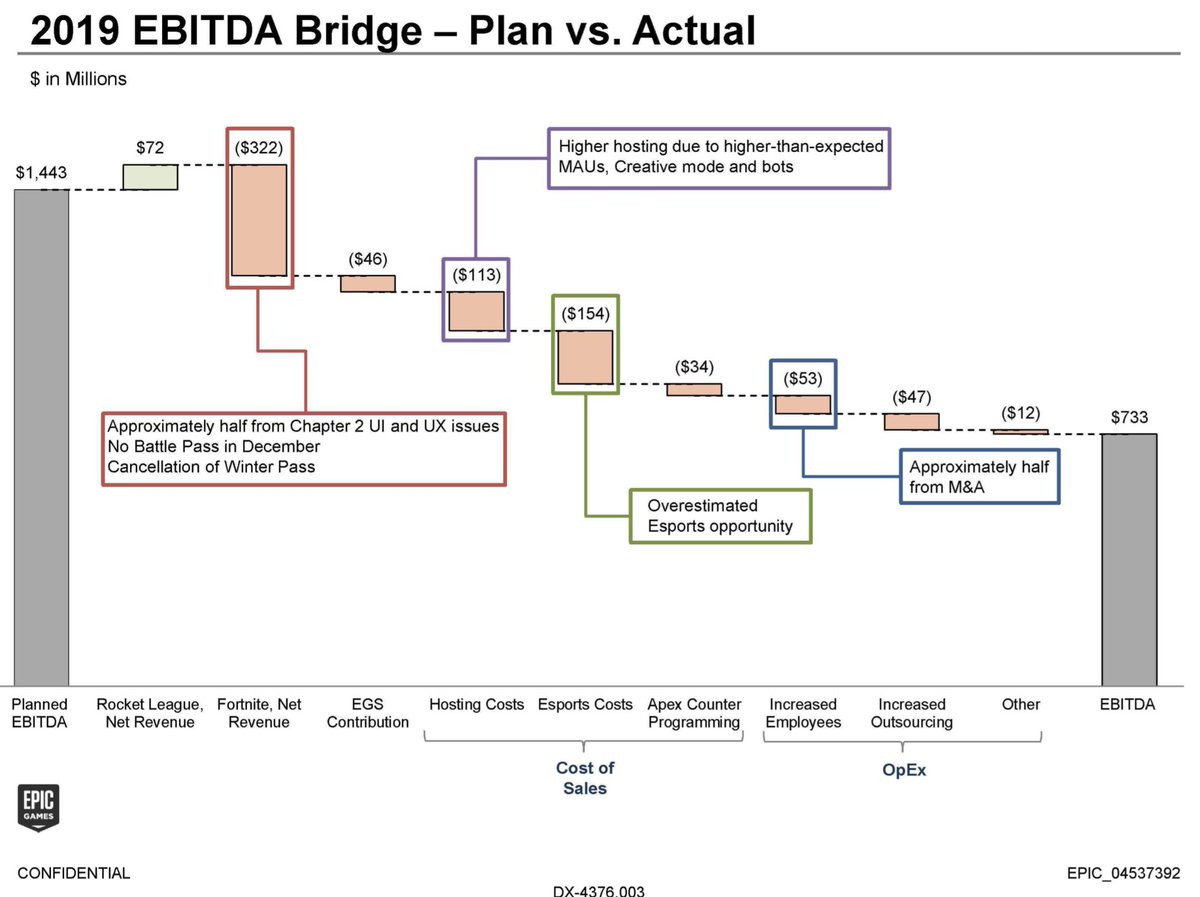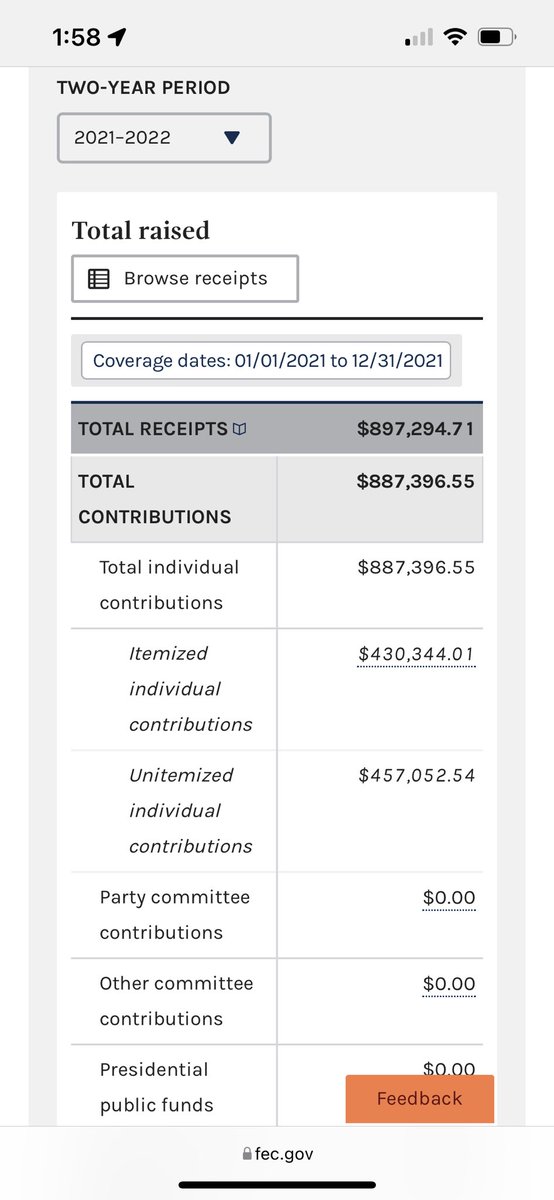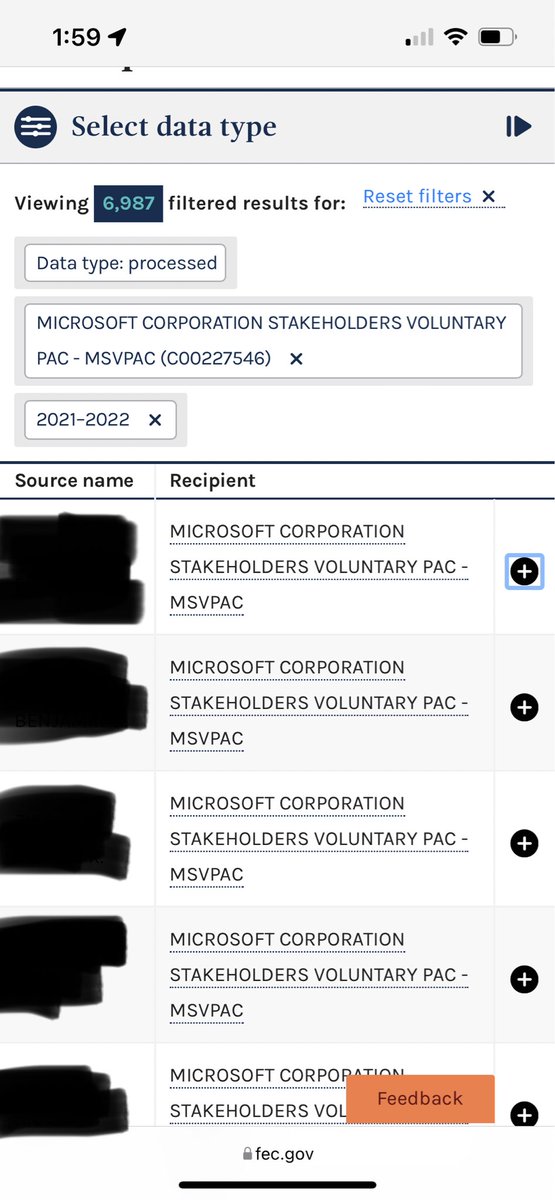Fascinating data from the Apple/Epic lawsuit.
If you want to start your own competing store, spend 11 million on buying the rights to various games, and that brings you 18 million players. So you spend less than a dollar to acquire a user, 10 dollars to acquire a customer:

If you want to start your own competing store, spend 11 million on buying the rights to various games, and that brings you 18 million players. So you spend less than a dollar to acquire a user, 10 dollars to acquire a customer:


Two observations: rights to older games are being sold at bargain prices. And AAA games with their more sophisticated business development teams can command higher licensing fees, but are worth it.
It is basically a money printing tree:
It is basically a money printing tree:

The document is a good study for anyone in sales and marketing, the 5-year projections and plans for sales are pretty good, and shows the plans they had at the time ("get more exclusives/increase value" vs "surf on userbase"):
app.box.com/s/6b9wmjvr582c…

app.box.com/s/6b9wmjvr582c…


Keep this in mind.
Fortnite might be making a pile of cash today, but it is brittle money - a fad and can go away at any time. They might or might not ever produce another Fortnite.
But a nice % cut on every game sold, that thing is sticky, and it is a business for life.
Fortnite might be making a pile of cash today, but it is brittle money - a fad and can go away at any time. They might or might not ever produce another Fortnite.
But a nice % cut on every game sold, that thing is sticky, and it is a business for life.
Another interesting tidbit.
Fortnite had reached an impasse in 2020, and Epic asked Apple for help growing. This is why Apple kept bringing up in their filings that "We helped Epic on X and Y" - they were stagnant.



Fortnite had reached an impasse in 2020, and Epic asked Apple for help growing. This is why Apple kept bringing up in their filings that "We helped Epic on X and Y" - they were stagnant.




Another great lesson for future game studios: mobile and PCs were a good way of acquiring customers, both the friction and low price, but they were not sticky - they moved to the consoles to play, despite the higher cost of acquisition 



What I suspected (and tweeted last year), Fornite was no longer growing, the market was saturated, from the Finance report in Jan 2020 to the Board.
By April a plan is put in place, to add a separate payment system:



By April a plan is put in place, to add a separate payment system:




• • •
Missing some Tweet in this thread? You can try to
force a refresh







